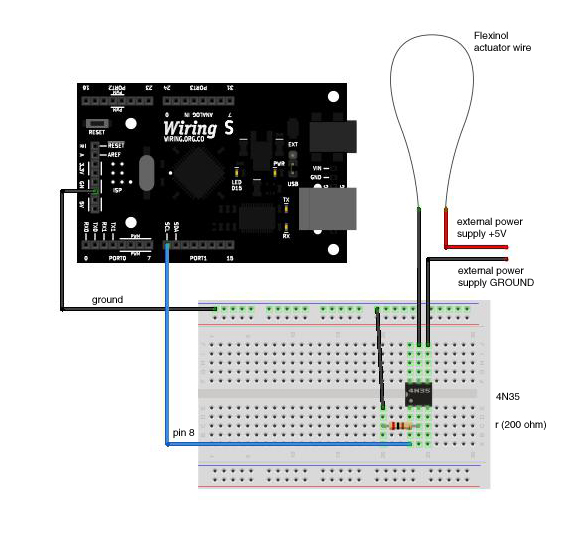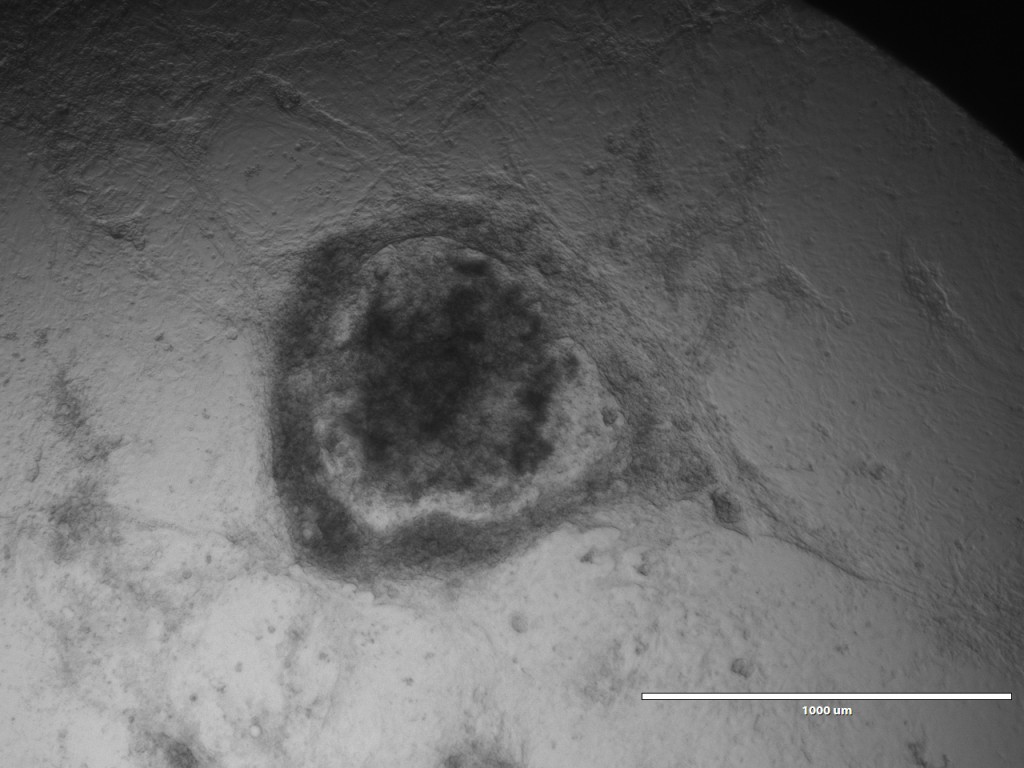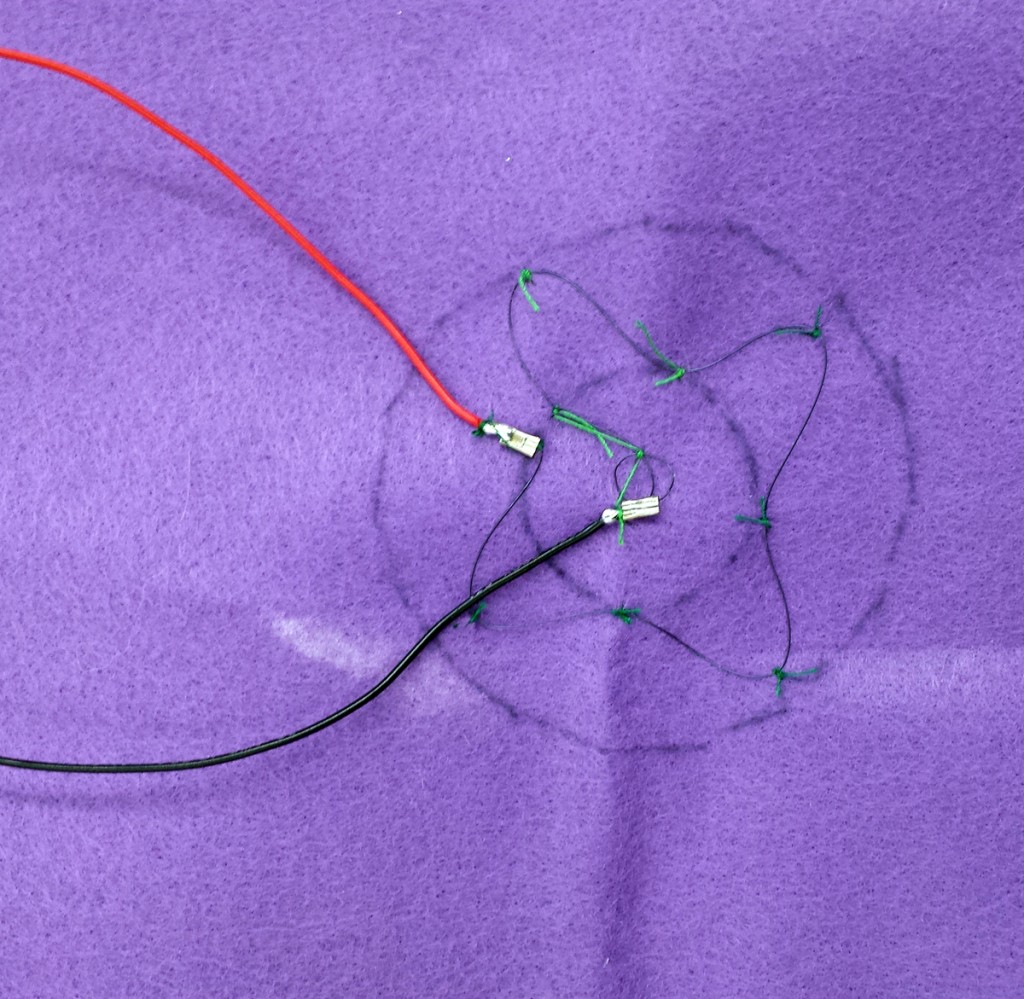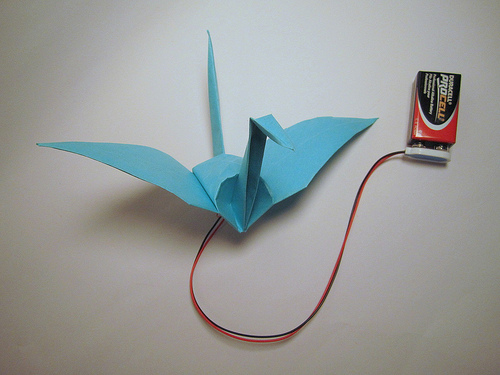(Sorry for the lateness of the post – I didn’t realize that internet connectivity was going to be such a problem in Canada.)
The exhibition piece has been unfortunately plagued with failure.
1) Muscle wires: I’ve come to agree with one blogger who called muscle wires “a solution in search of a problem.” They’re extremely interesting in theory and have great potential. However, their limitations make them only useful in very specific circumstances, none of which apply to my project.
2) Felt: Even in the “easy” part of the project, I managed to utterly fail. Although the print looked outstanding as I executed it, after steam setting and rinsing I found that the first color had bled and run all over the fabric and the thiox had eaten holes in the wool. When I attempted to reprint on a new panel, my screen emulsion blew out during rinsing and I accidentally over processed my felt, creating a piece that was unusably small.
Since the piece is being installed on Thursday, I have obviously moved onto Plan B. I ordered 5 meters of addressable RBG LED strip. These will be mounted in rings and programmed to light in a circular “chase” pattern when triggered, thereby imitating the circular pulse from the inspiration video. Adafruit has a very user friendly set of libraries available that I am using for the Arduino code. As for the actual textile, I am in the process of printing a new panel using pigments, rather than the dye/thiox combination.
Robe a la Foudre:
In other news, I showed the completed lightning gown at the convention I attended this weekend. It worked even better than I could have hoped and it looked amazing on stage! I received a Judges’ Choice award for “Blowing the Judges Away” as well as a special commendation for excellence in dye work. I’ll post video as soon as I have access to it.












